International
On the road with a migrant caravan leaving Honduras
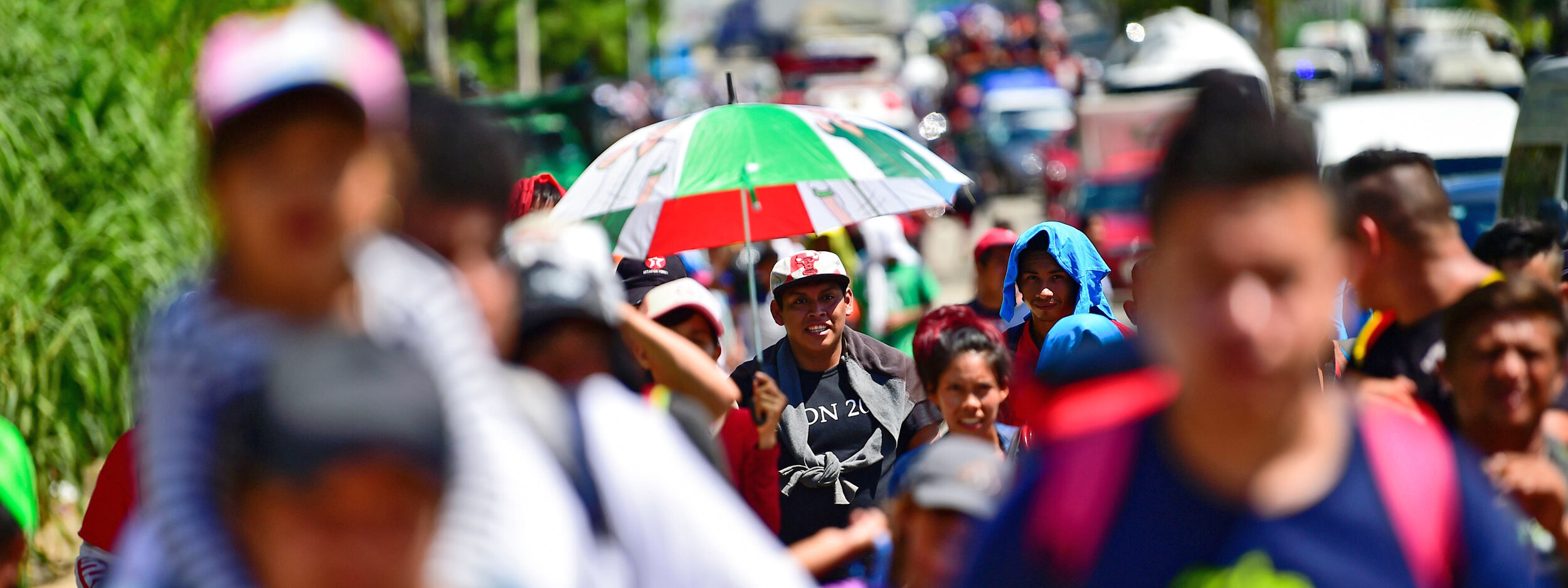
AFP
Hundreds of men, women and children gathered early Saturday morning in the parking lot of San Pedro Sula’s main transit hub, on the edge of the northern Honduran city.
Before the sun rose, many had already departed on foot, carrying the few belongings they had in backpacks or bags towards Corinto, a small Honduran border town on the other side of the mountains.
While their final destination is the United States, their main goal is “a better future for their family,” said a Nicaraguan who provided only his first name, Ovaldo.
Originally from the Nicaraguan capital Managua, he lamented that the situation in his country “is quite difficult,” and his family faced “a very hard road.”
He was accompanied by about 500 other migrants from a variety of countries including Honduras, Haiti, Venezuela and Nicaragua.
Some had even crossed the ocean from Africa.
They will join a nearly endless flow of people attempting to cross into Guatemala, then Mexico and ultimately the United States — which most will not manage to do.
At the Corinto border crossing, the group had arrived all together but broke into smaller groups to go through Guatemalan immigration.
Those who were missing identification or proof of a negative Covid-19 test were sent back into Honduras, according to an AFP photographer on the scene.
Migrants who do make it past will still have more than 1,200 miles (2,000 kilometers) until the US border.
Guatemalan authorities said about 150 people entered the country at unauthorized crossings because they lacked the papers to get in.
A group of about 100 migrants who got past immigration controls were stopped in the jurisdiction of Izabal, near the border, where they threw stones and blunt objects at security forces.
The clashes injured a dozen officers who were trying to get the migrants to turn back, officials said.
The last caravan to leave San Pedro Sula was in January 2021, and contained about 7,000 people.
It was broken up in Guatemala, when hundreds of soldiers attacked the migrants with sticks and tear gas, forcing them to return to Honduras.
Migrants in Saturday’s caravan said they were risking the dangerous journey for multiple reasons: to escape violence from drug traffickers and gangs, but also to start anew after natural disasters such as floods and droughts upended their lives.
International
Trump Orders Construction of New ‘Golden Fleet’ to Revitalize U.S. Naval Superiority
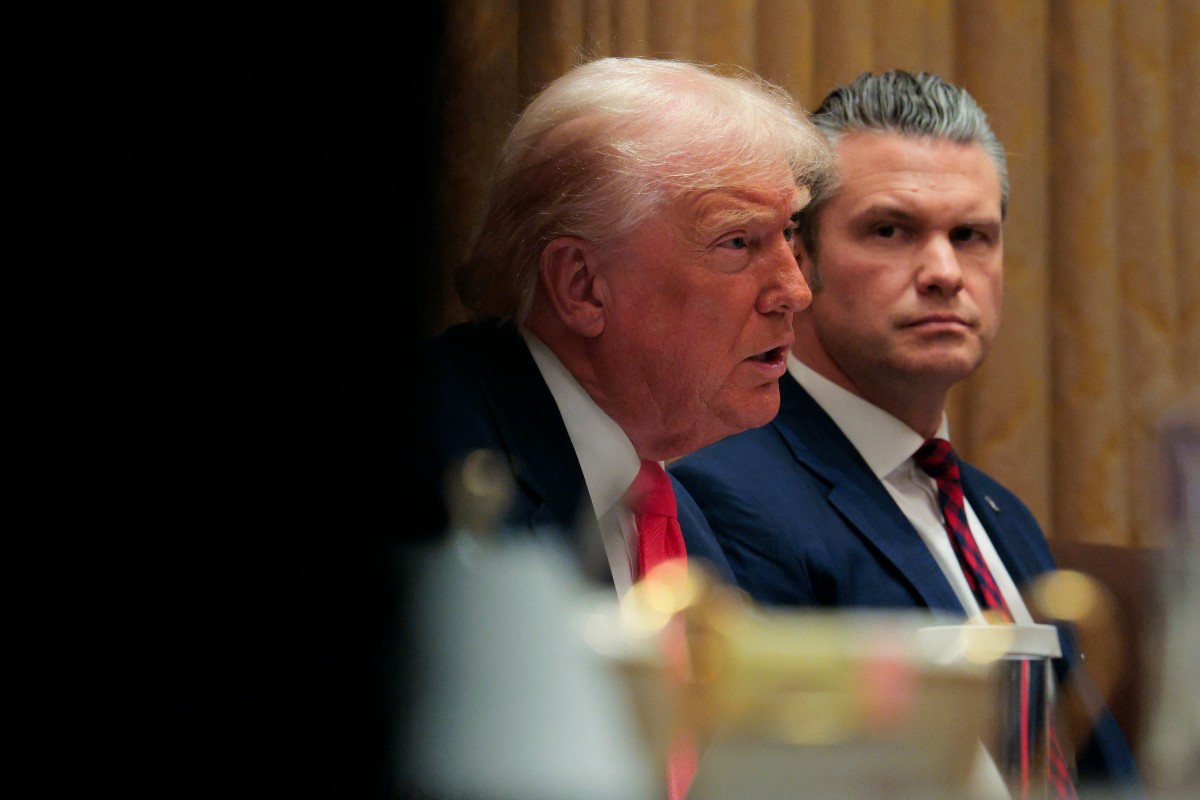
President Donald Trump issued an executive order this Monday for the immediate construction of two new warships that will bear his name. These vessels will be the pioneers of what he described as the “Golden Fleet,” a future generation of “Trump-class” battleships that he claimed would be “100 times more powerful” than those currently in service.
The announcement took place at his private residence in Mar-a-Lago, Florida. The President indicated that following the initial two ships, the administration aims to commission up to 25 additional vessels. He is scheduled to meet with Florida-based contractors next week to expedite production, criticizing existing defense firms for failing to deliver results efficiently.
This naval expansion is a cornerstone of Trump’s goal to revitalized the American shipbuilding industry and address the strategic gap between the U.S. and competitors like China.
The move comes amid heightened geopolitical tension. Just last week, Trump ordered the seizure of all sanctioned tankers involved with Venezuela’s “ghost fleet” to cripple the country’s crude oil industry. Since December 10, the U.S. military—deployed in the Caribbean under the guise of counter-narcotics operations—has already detained two tankers linked to Venezuelan oil transport.
International
U.S. Judge Blocks ICE from Re-detaining Salvadoran Erroneously Deported Under Trump Administration
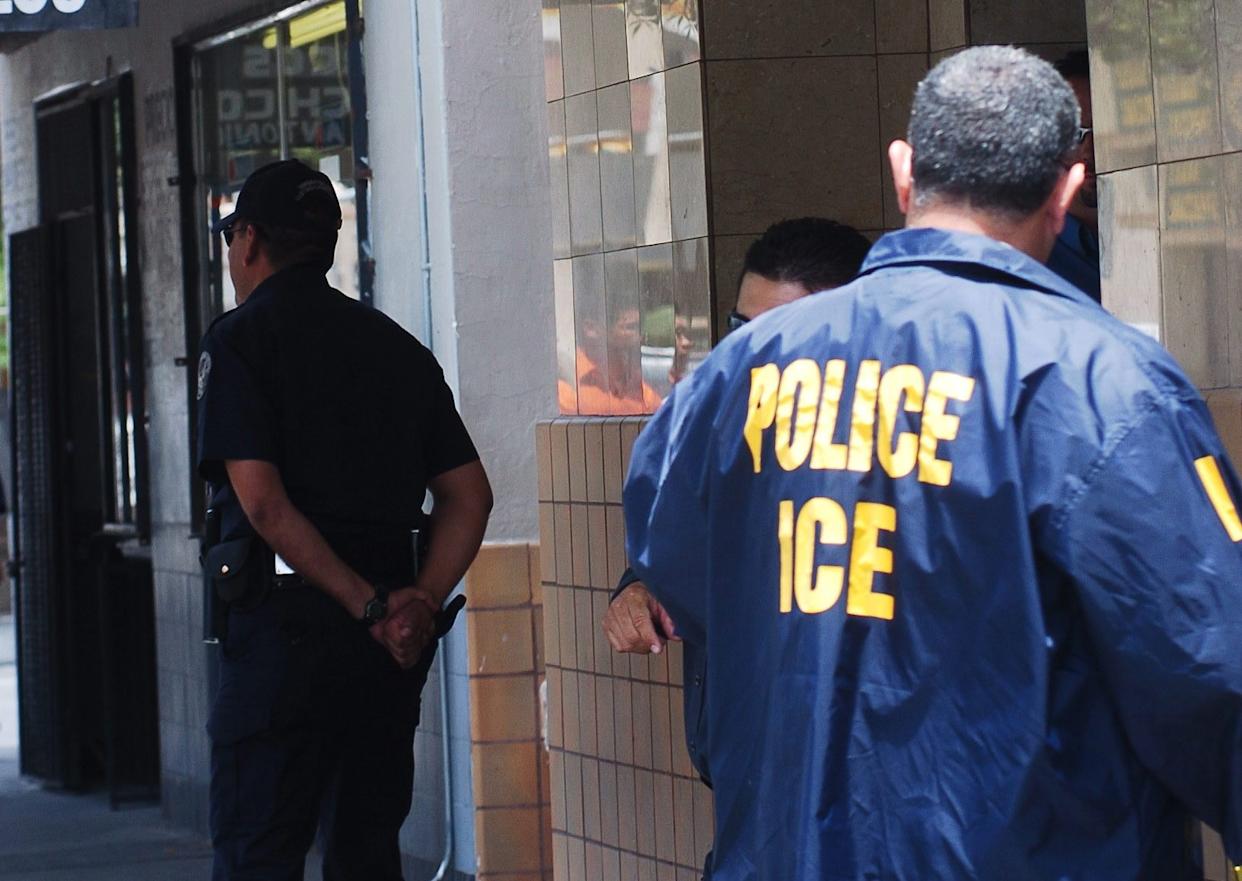
A U.S. federal judge ruled this Monday, December 22, that Immigration and Customs Enforcement (ICE) is prohibited from re-detaining Salvadoran national Kilmar Ábrego García, who was erroneously deported to El Salvador earlier this year during the administration of President Donald Trump.
During a hearing in Maryland, U.S. District Judge Paula Xinis ruled that Ábrego García must remain free on bail through the Christmas holidays, concluding that his initial detention lacked a legal basis. The ruling follows a request from his legal team for a temporary restraining order to prevent ICE from carrying out a new arrest.
Earlier this month, on December 11, Judge Xinis ordered his release from a Pennsylvania migrant detention center after determining that the government had detained him without a formal deportation order. In 2019, an immigration judge had already ruled that Ábrego could not be returned to El Salvador because his life was in danger.
Despite that protection, Ábrego García was deported in March 2025 following a raid by the Trump administration. Officials argued at the time that he was a gang member, and he was sent directly to the Center for the Confinement of Terrorism (CECOT) in El Salvador. In June, he was returned to the United States to face a new trial for alleged human smuggling—a charge he denies.
On Monday, Judge Xinis also temporarily invalidated a new deportation order issued by an immigration judge following Ábrego’s recent release, granting him legal protection through the coming weeks. His trial is scheduled to begin in Tennessee in January 2026.
International
Fire at substation triggers major blackout in San Francisco
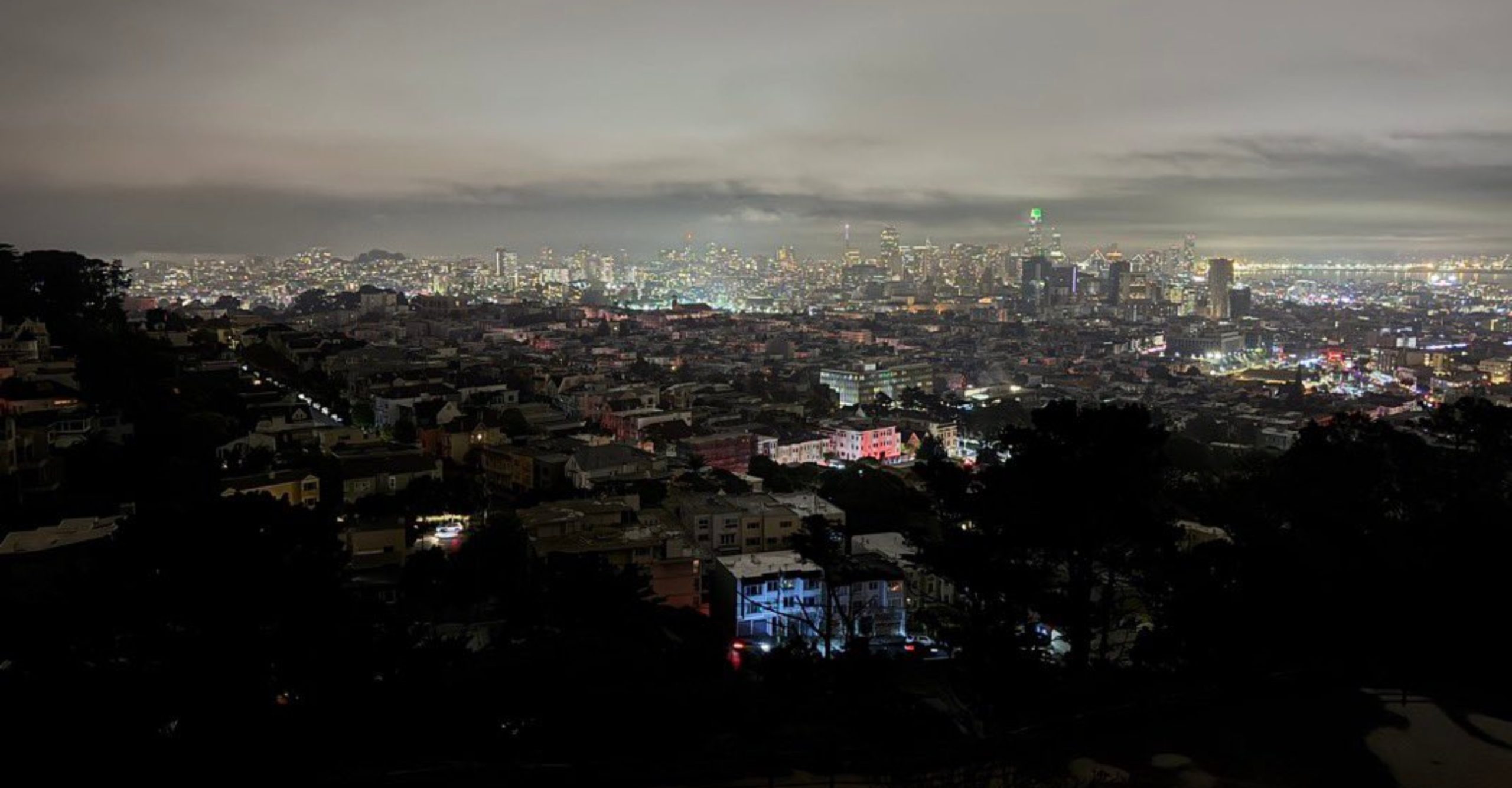
The U.S. city of San Francisco was plunged into darkness Saturday night after a power outage left about 130,000 customers without electricity, although the utility company said service was restored to most users within hours.
Pacific Gas & Electric Company (PG&E) said in a statement posted on X that nearly 90,000 homes had their power restored by 9:00 p.m. local time (05:00 GMT on Sunday), while the remaining 40,000 customers were expected to have service restored overnight.
Large areas of the city, a major technology hub with a population of around 800,000, were affected by the blackout, which disrupted public transportation and left traffic lights out of service during the busy weekend before Christmas, a crucial period for retail businesses.
“I know it’s been a difficult day,” San Francisco Mayor Daniel Lurie said in a video posted on social media from the city’s emergency operations center. “There has been progress, but for those still without power, we want to make sure they are safe and checking in on their neighbors,” he added.
Lurie said police officers and firefighters advised residents to stay home as much as possible. He also noted that officers and traffic inspectors were deployed to manage intersections where traffic lights were not functioning.
The mayor confirmed that the outage was caused by a fire at an electrical substation. Parts of the city were also covered in fog, further complicating conditions during the incident.
As a result of the blackout, many businesses were forced to close despite it being the weekend before Christmas. The sudden drop in shopper traffic ahead of the holiday is “devastating” for retailers, the manager of home goods store Black & Gold told the San Francisco Chronicle.
-

 International5 days ago
International5 days agoShakira’s El Salvador concerts sell out in hours, fans demand more dates
-

 International4 days ago
International4 days agoPentagon confirms Trump pick for SouthCom as U.S. military pressure grows
-
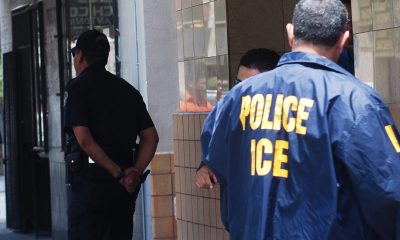
 International2 days ago
International2 days agoU.S. Judge Blocks ICE from Re-detaining Salvadoran Erroneously Deported Under Trump Administration
-
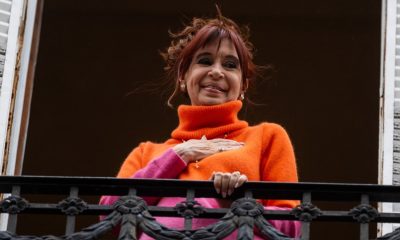
 International3 days ago
International3 days agoCristina Kirchner recovering after appendicitis surgery in Buenos Aires
-

 International5 days ago
International5 days agoTrump moves to reclassify marijuana as less dangerous substance
-
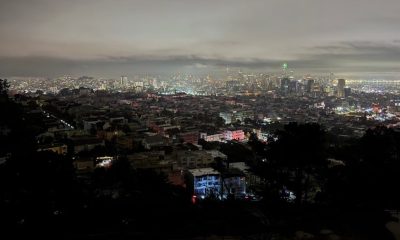
 International3 days ago
International3 days agoFire at substation triggers major blackout in San Francisco
-
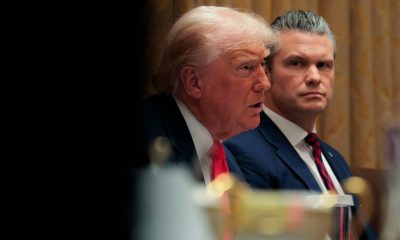
 International2 days ago
International2 days agoTrump Orders Construction of New ‘Golden Fleet’ to Revitalize U.S. Naval Superiority
-

 International4 days ago
International4 days agoArgentina detects first local cases of Influenza A (H3N2) Subclade K




























